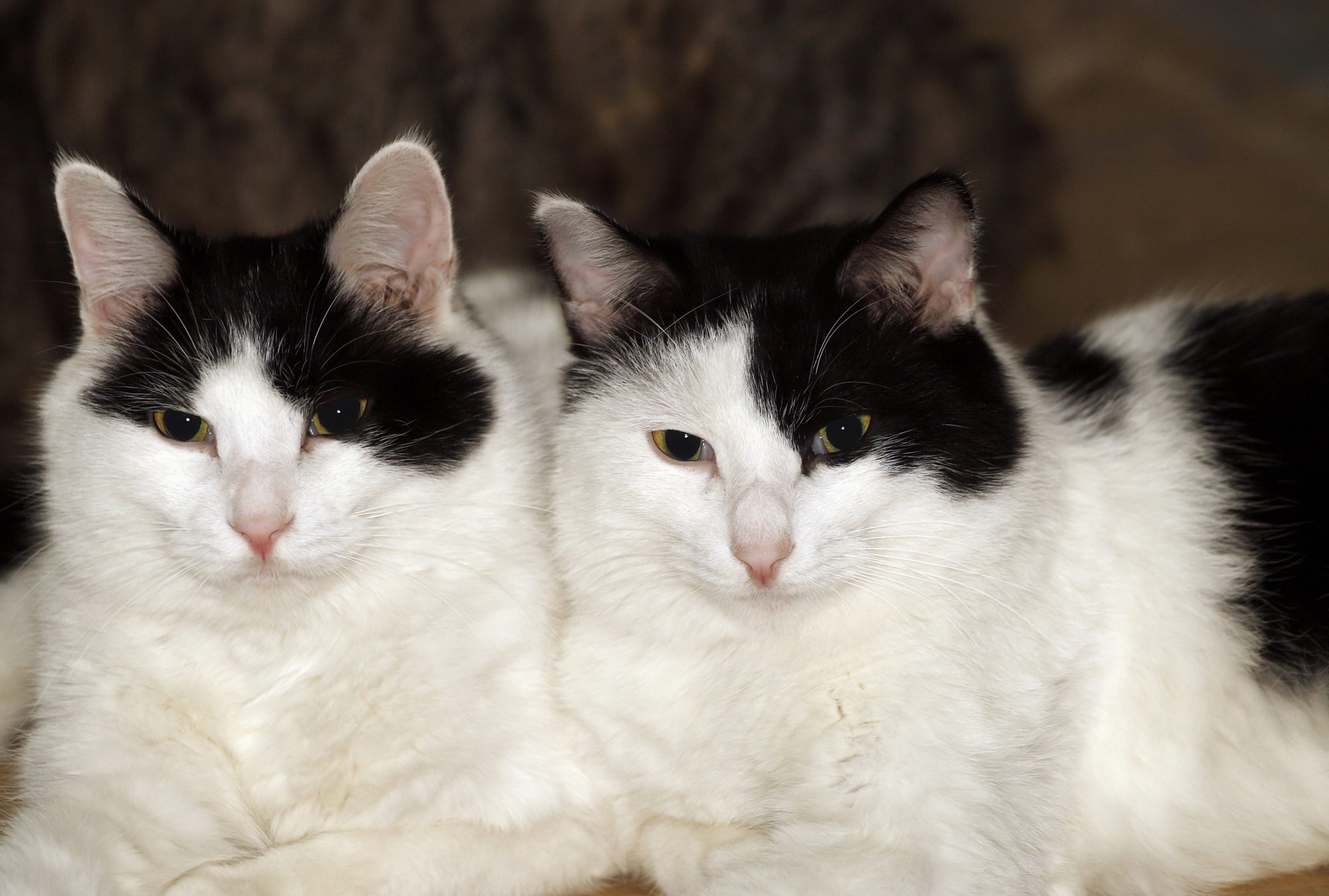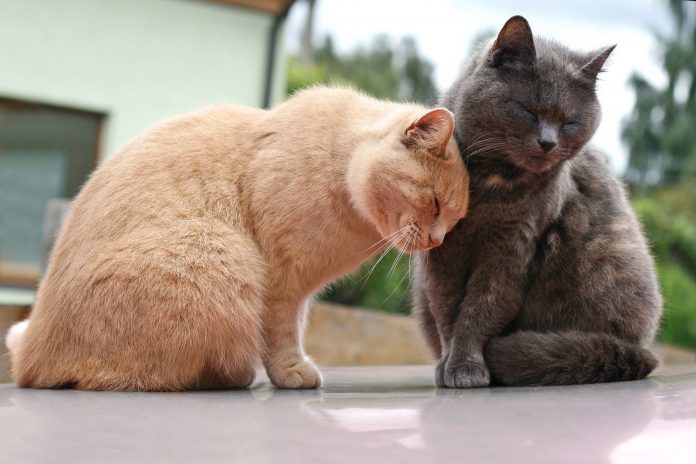Research has drawn attention to the benefits of spending time with cats, as a means of stress relief, for people suffering from anxiety disorders
Studies into the efficiency of pets for stress relief are increasingly popular, and results have proven positive, but more than 85% of them only include dogs. However, a new paper published in the journal Anthrozoös has found that several factors shaped a positive response to a cat visitation program, revealing that the personality trait of emotionality played an important role.
A connection between emotionality and cat visitation
Emotionality indicates a person has strong emotions and is highly reactive to them. “Emotionality is a pretty stable trait; it doesn’t fluctuate and is a quite consistent feature of our personalities,” said co-author Patricia Pendry, a professor in Washington State University’s Department of Human Development.
“We found that people on the higher end of that scale were significantly more interested in interacting with cats on campus. Given that prior research has shown that such individuals may be more open to forming strong attachments to animals, it makes sense they would want cats to be included in these programs.”
Are cat people and dog people different?
“Anecdotally, we’ve always been told that cat people are different from dog people, and that most students are not interested in interacting with cats,”Pendry said. “Our results revealed that students are interested in interacting with cats and that this interest may be driven by personality traits.”
Pendry and the teams’ lead author Joni Delanoeije, from Belgian University KU Leuven, explored the level of interest in adding cats to the interventions, along with how human characteristics influence that interest.
The scientists also examined whether university employees, who are commonly excluded from such programs, would be interested in participating.
What factors contribute to feline interaction?
Surveying more than 1,400 university students and staff for the paper from over 20 universities, the teams’ research revealed several things.
The research found that the link between personality and openness to interacting with cats was significant, even after accounting for openness to a dog visitation program, as well as being a cat owner and identifying as female.
The team also accounted for negative influences such as having a cat allergy or cat phobia, which logically reduced participants’ interest in interacting with felines.

Why are dogs used so commonly in research like this?
One reason university interventions tend to be dog-focused is the more significant number of canine therapy animals available and a standard view that felines may be unsuitable for therapy roles, pointed out Pendry.
“There’s a perception that dogs exist to please people,” said Pendry, who classifies herself as a dog and a cat person. “While I may describe cats as ‘discerning,’ they are often perceived as unpredictable, aloof, or finicky—traits that can be difficult for some to be around.”
In previous studies where results weren’t divided into different animal species, Pendry said it was easy to tell cat people from dog people.
Reaching a broader audience with cats to help aid stress relief
According to Pendry, “some people came in and made an immediate beeline for cats and others for dogs”. “I was pleasantly surprised by how many people were interested in interacting with cats, which made me interested in learning more about why they made those choices.”
“We think of college student populations as being unique, and in several ways they are,” said lead author Delanoeije. “But when we looked at university employees, the results were very similar: Personality mattered more than being a student or employee. That shows there would be interest in having animal interventions in non-university settings and other workplaces.”
Having the option of choosing interactions with a cat or dog, or both, may increase the number of people interested in attending an animal-assisted intervention, which is shown to lower stress and improve mental well-being.
“Our study shows that we may be able to reach a larger audience by offering interventions that include dogs and cats. People who are on the higher end of the emotionality trait may be more likely to participate and benefit from these interactions,” Pendry said. “We’re looking for ways to help more people reduce their stress levels. Adding cats may be another way to reach a broader audience.”











